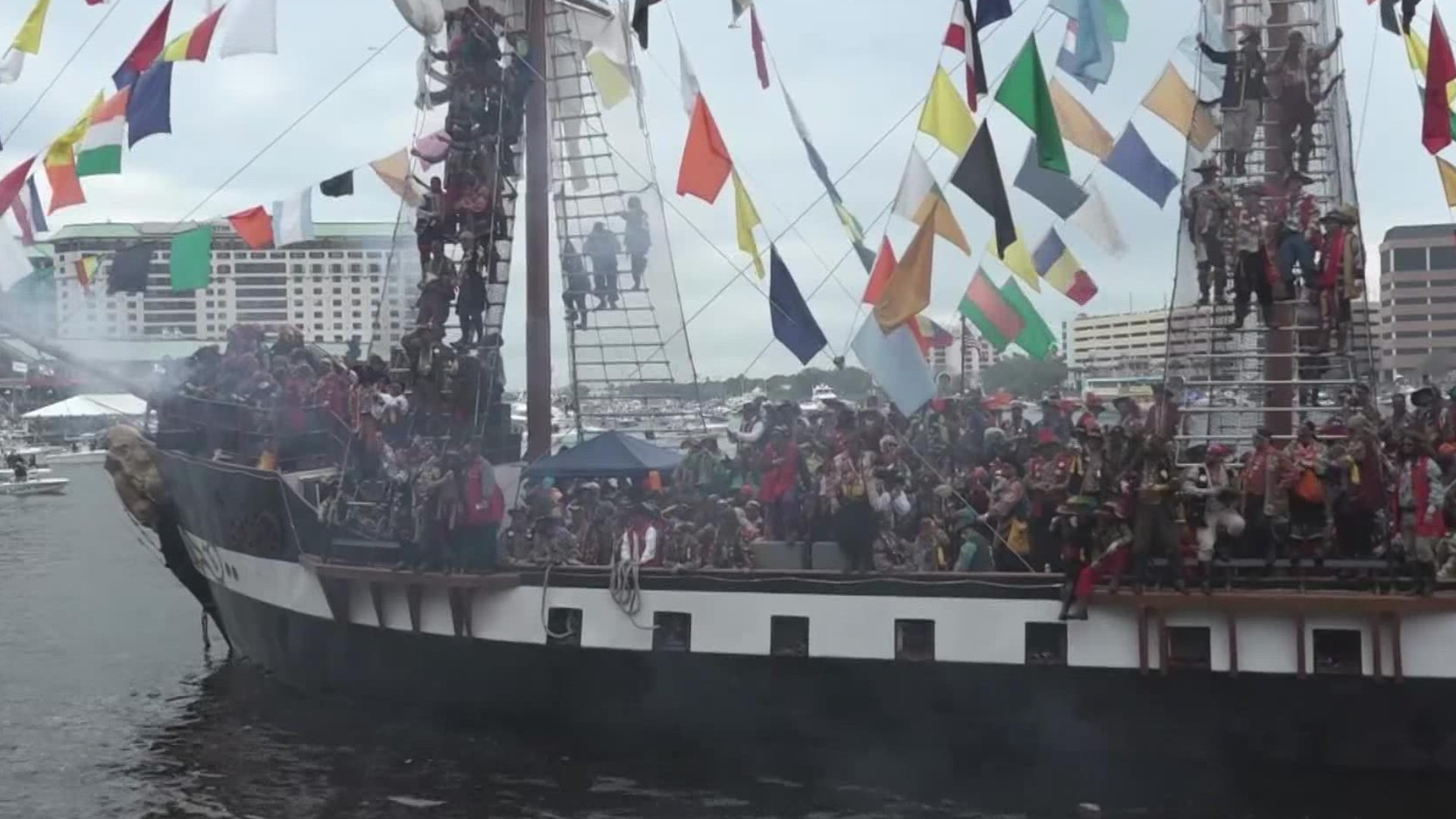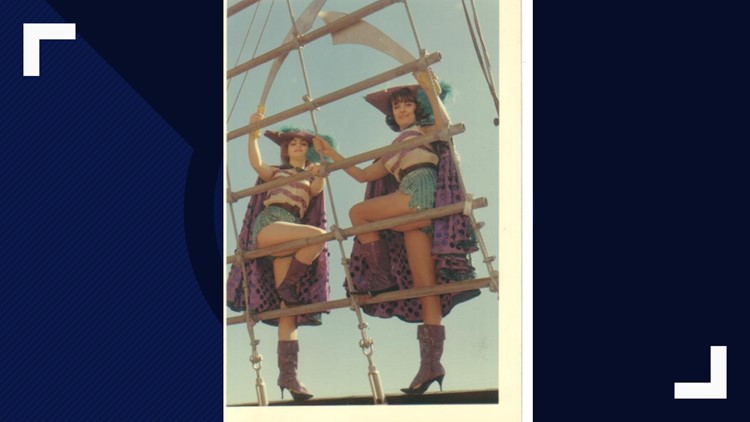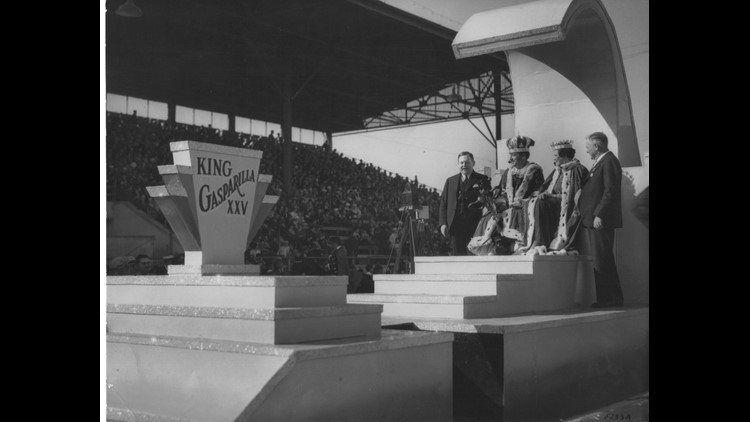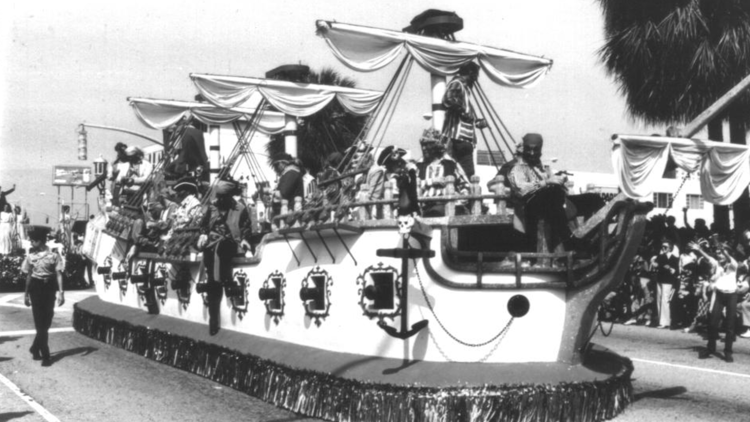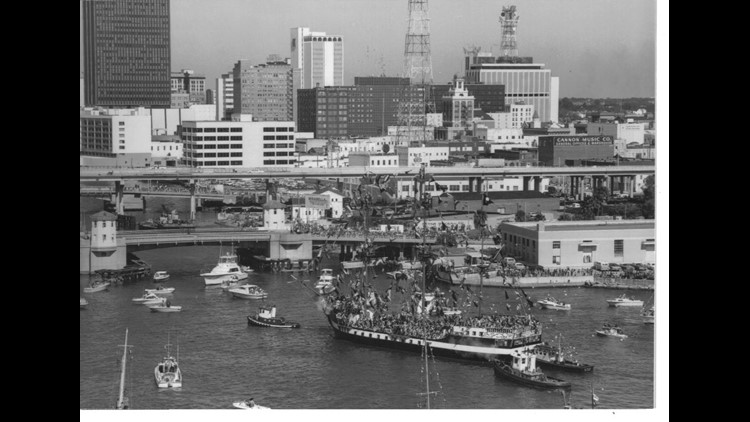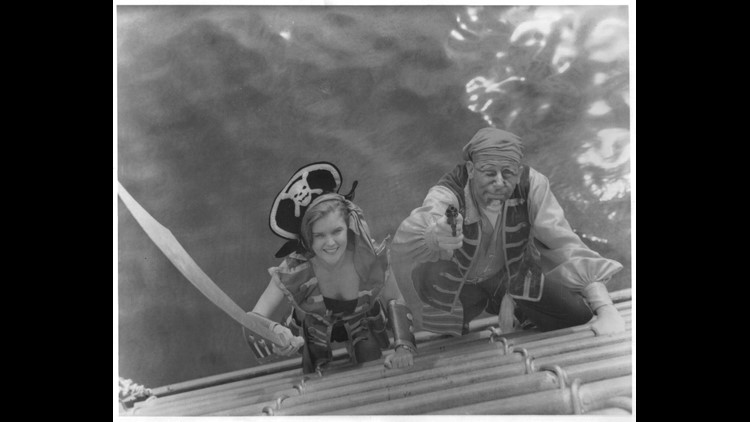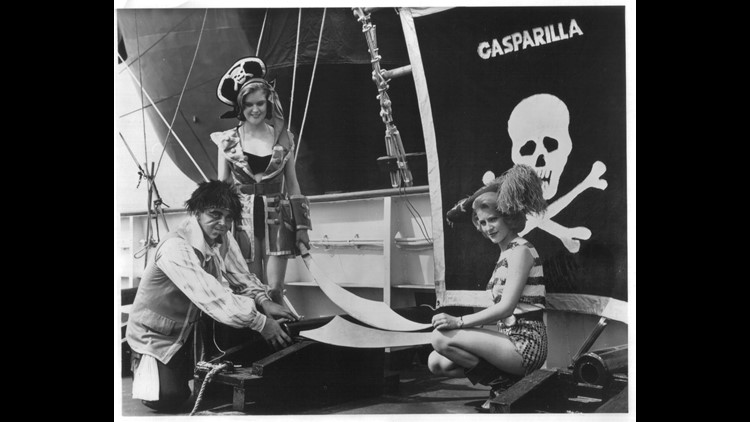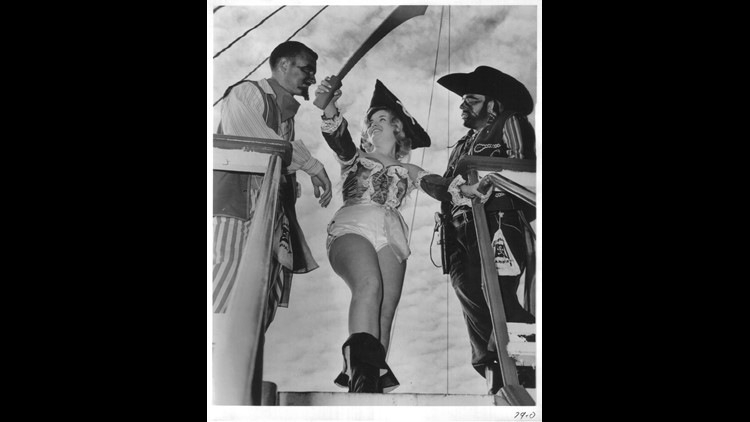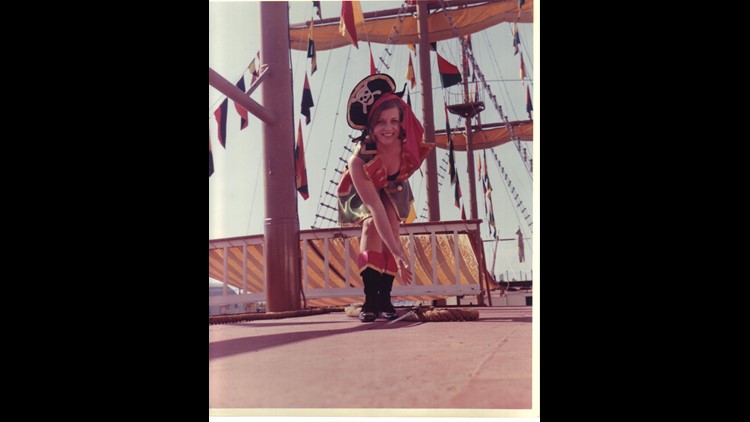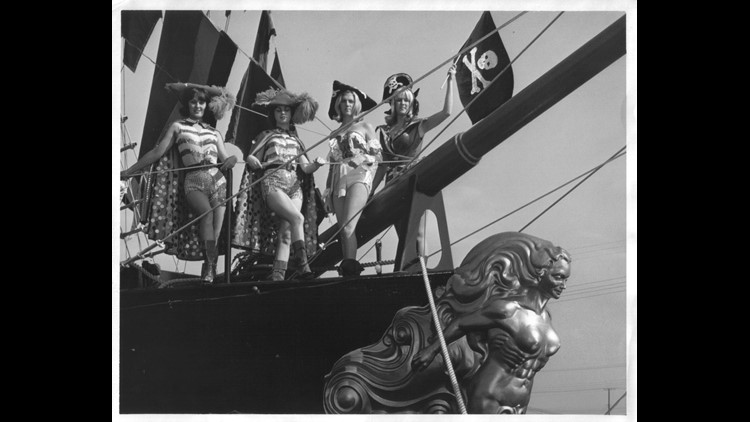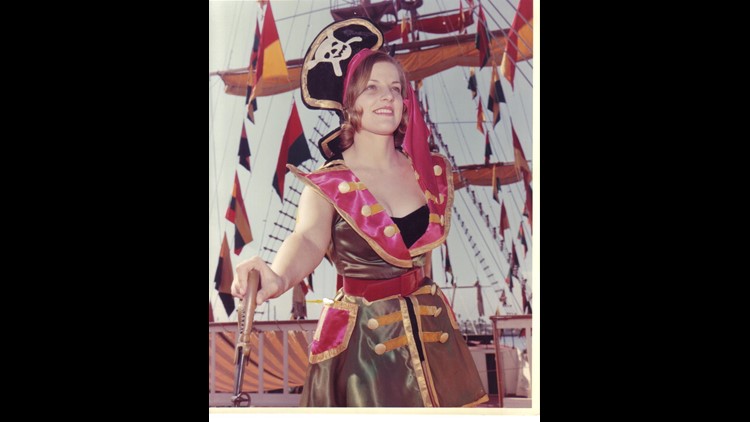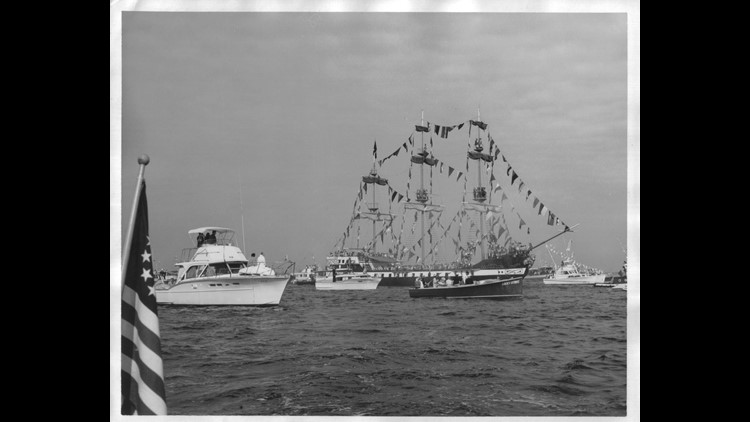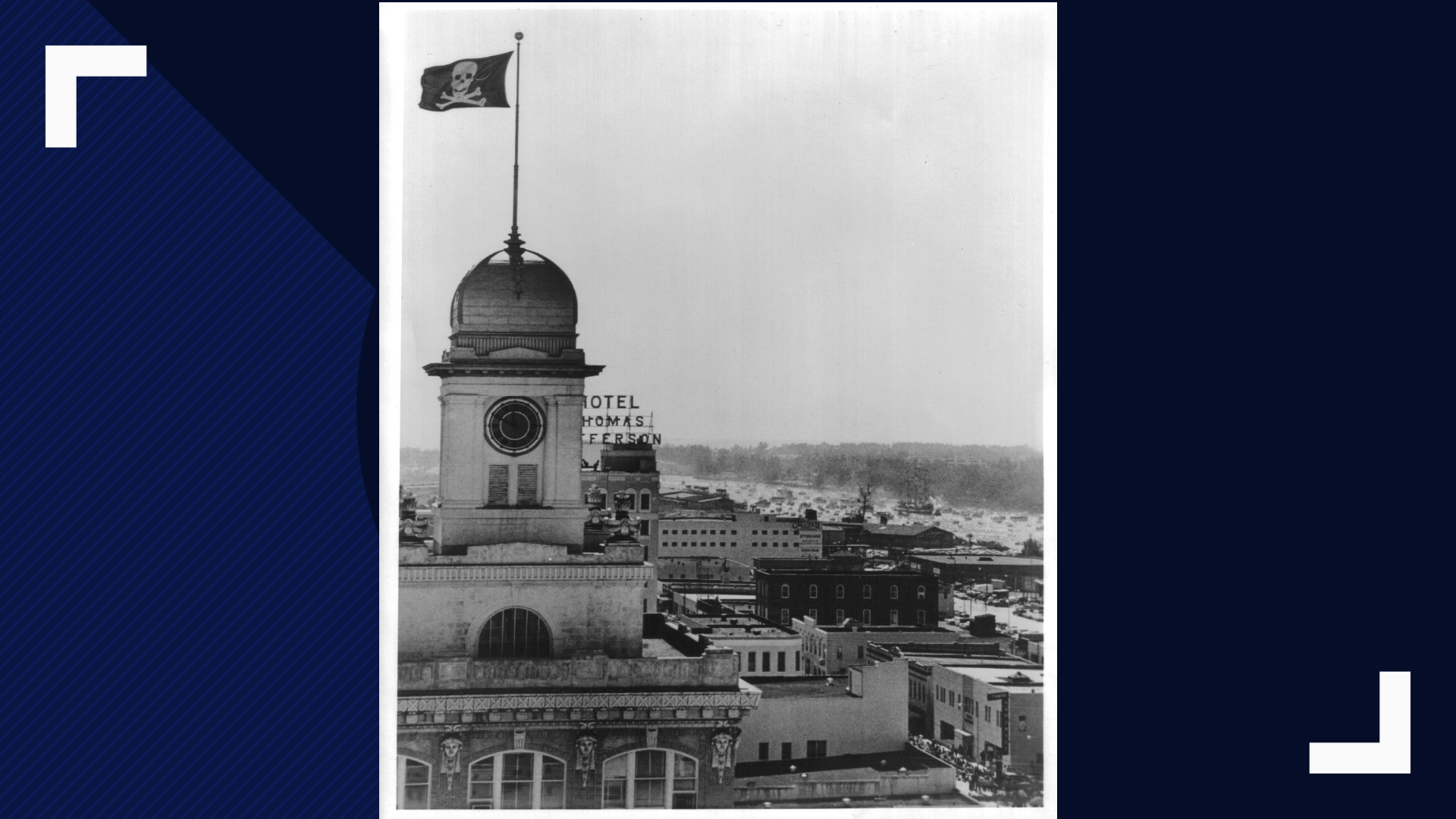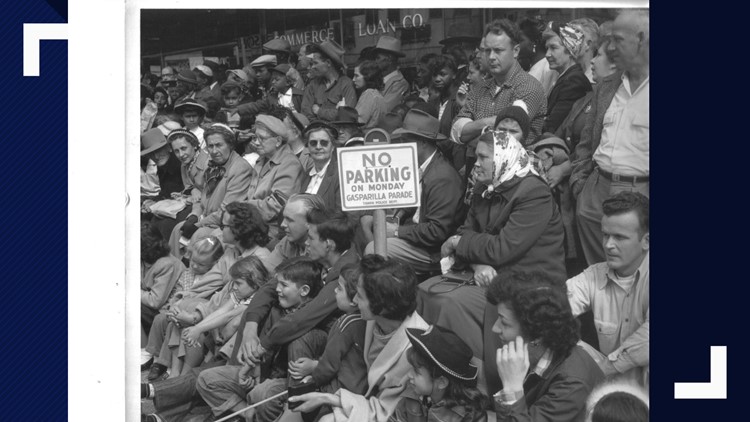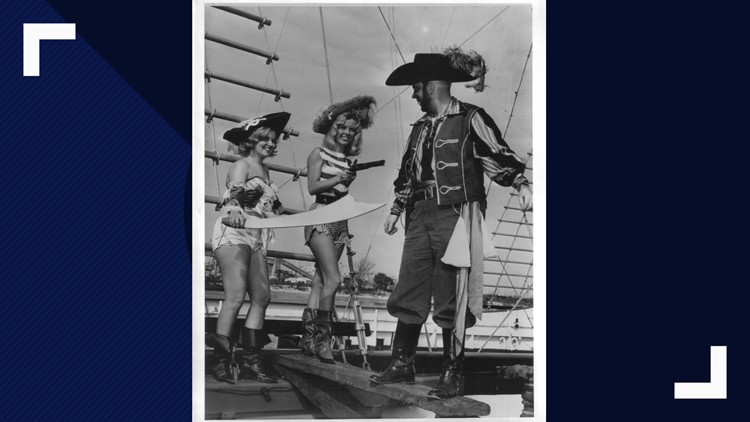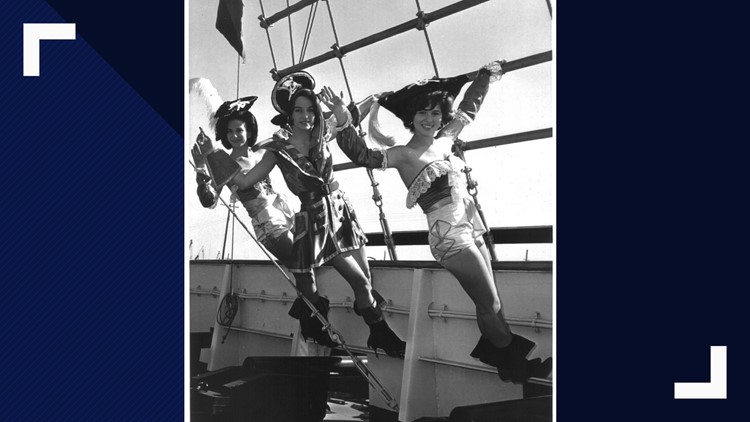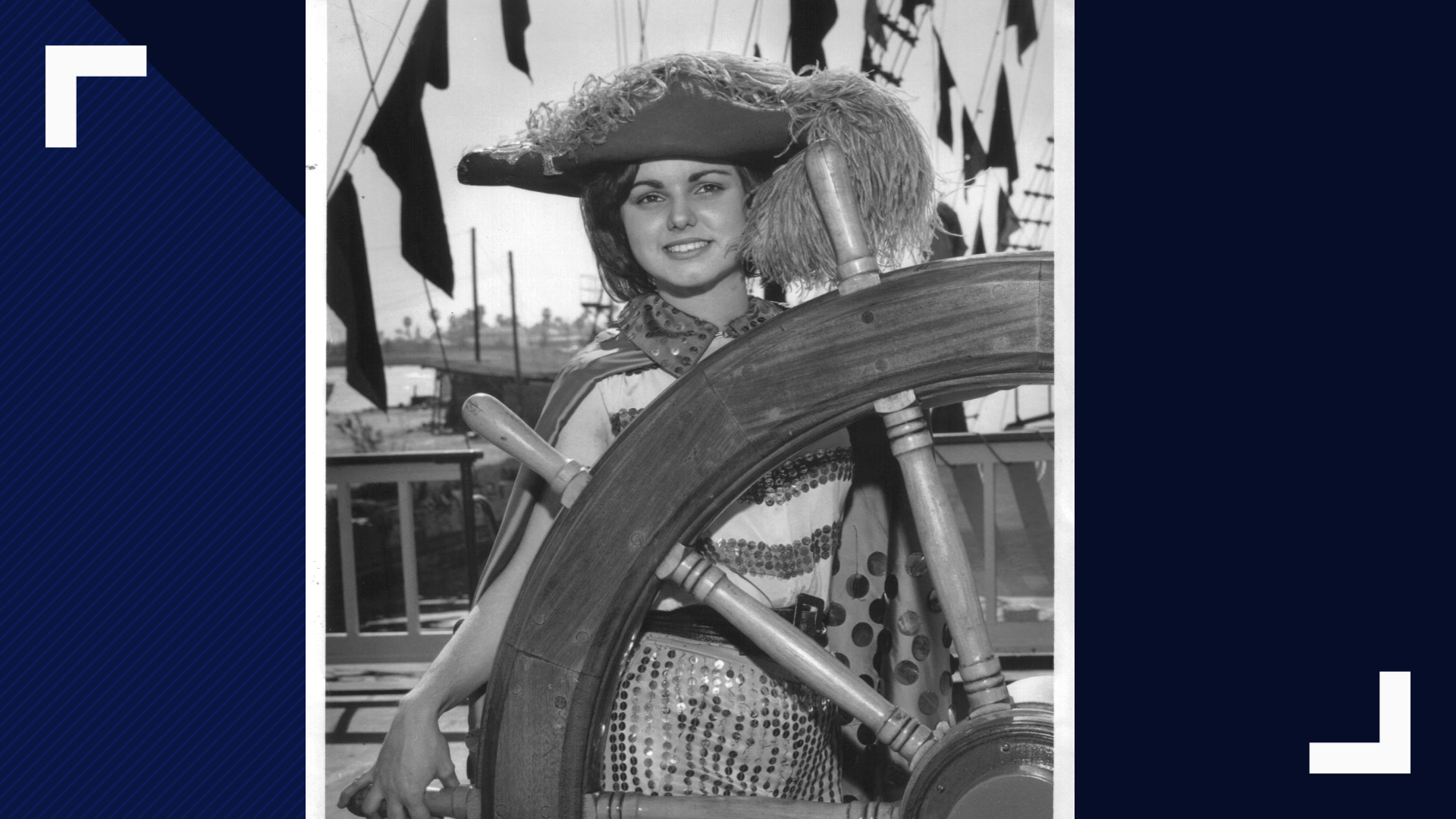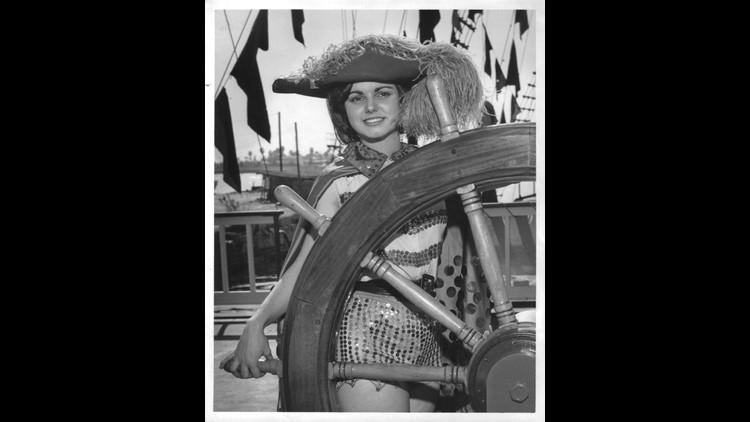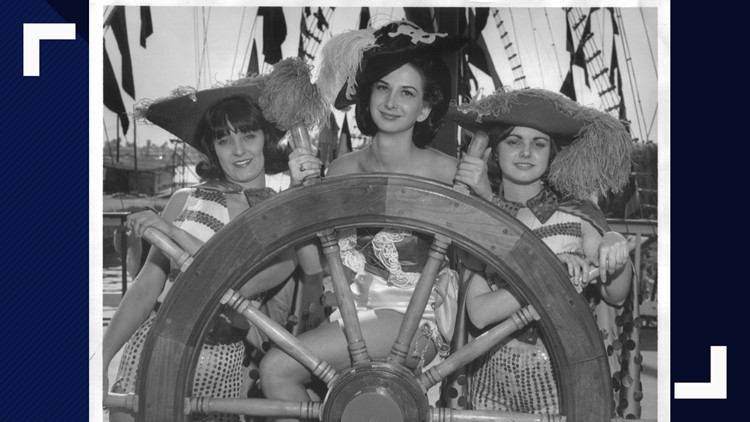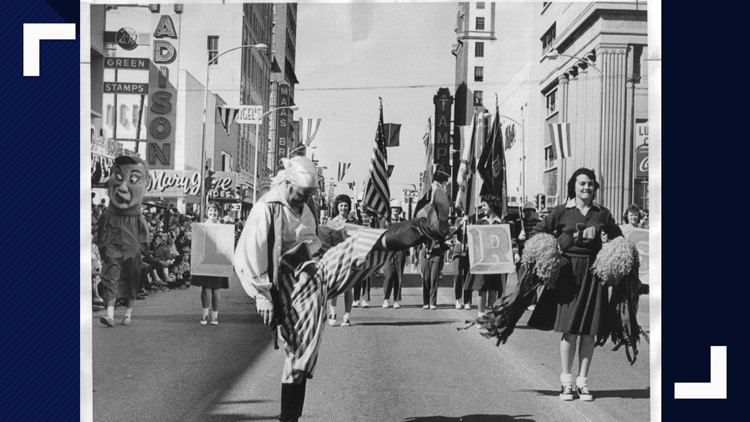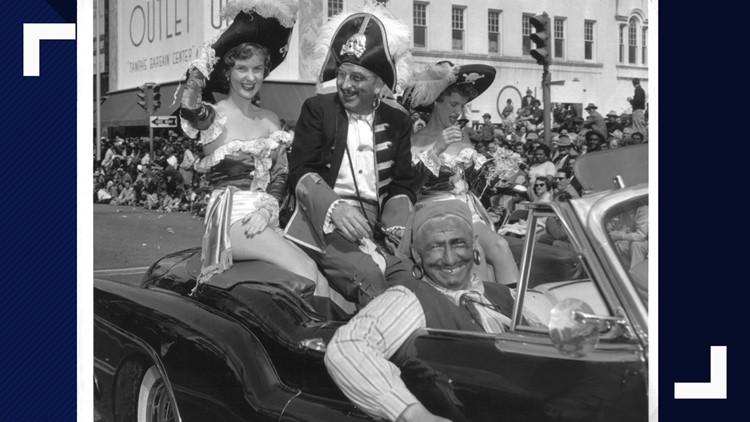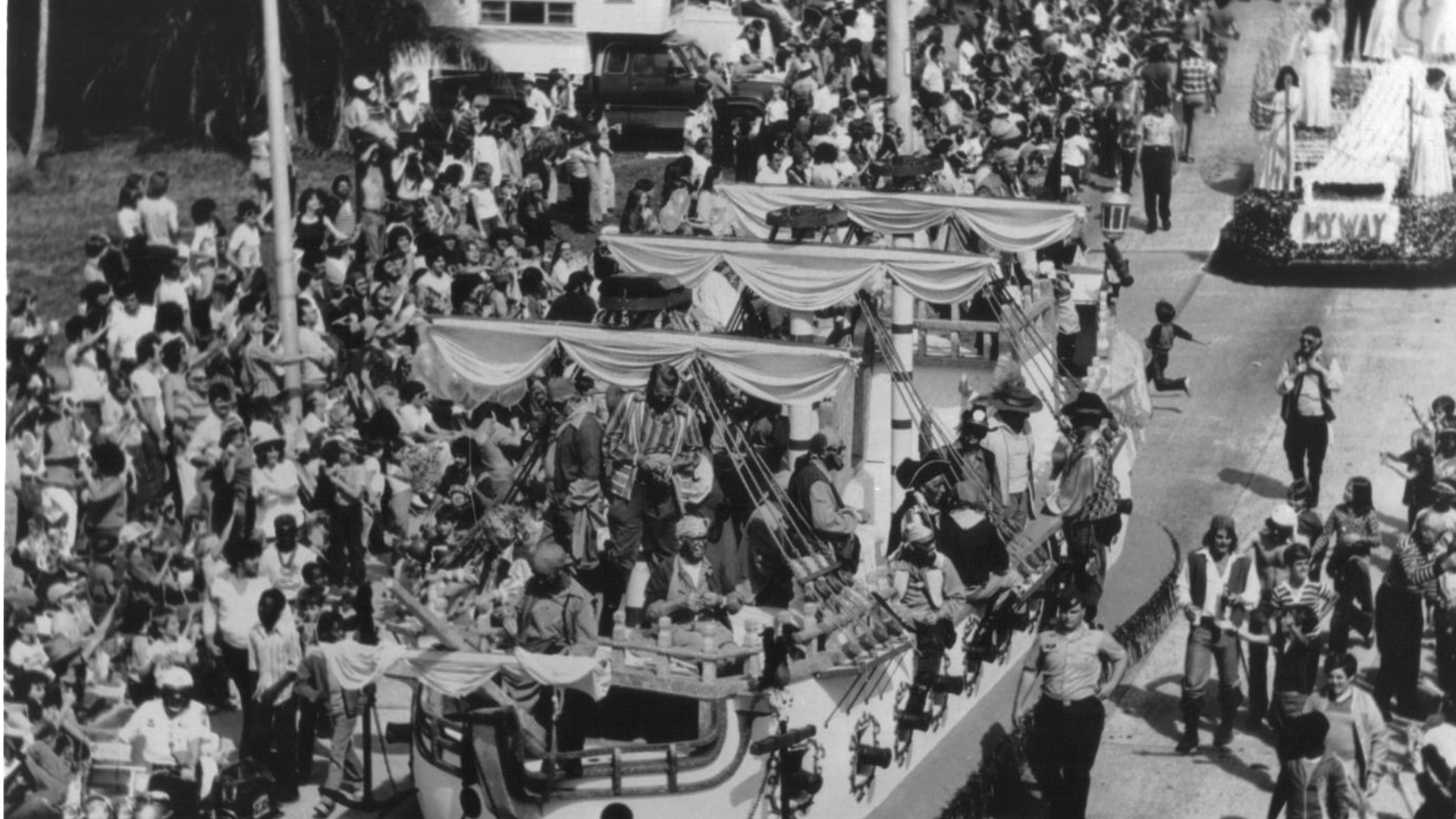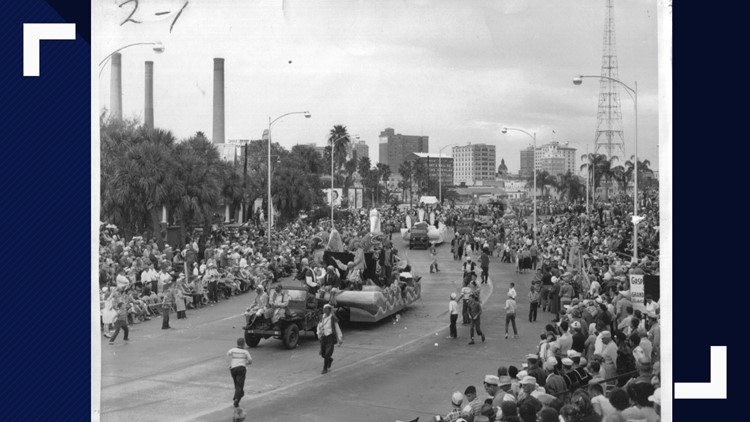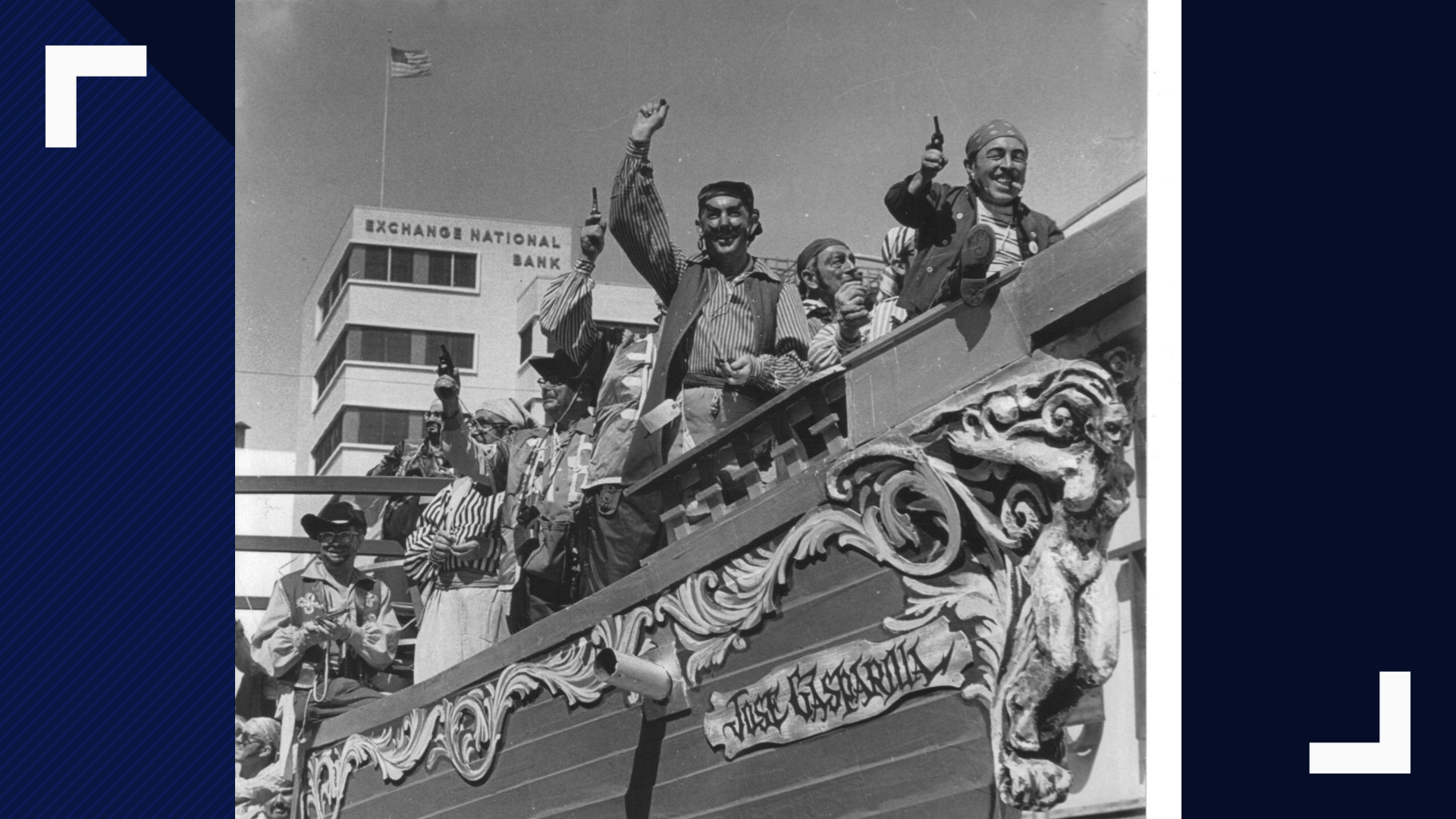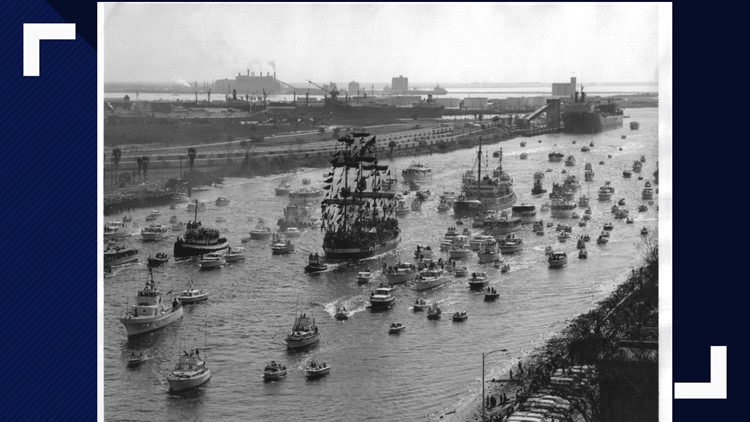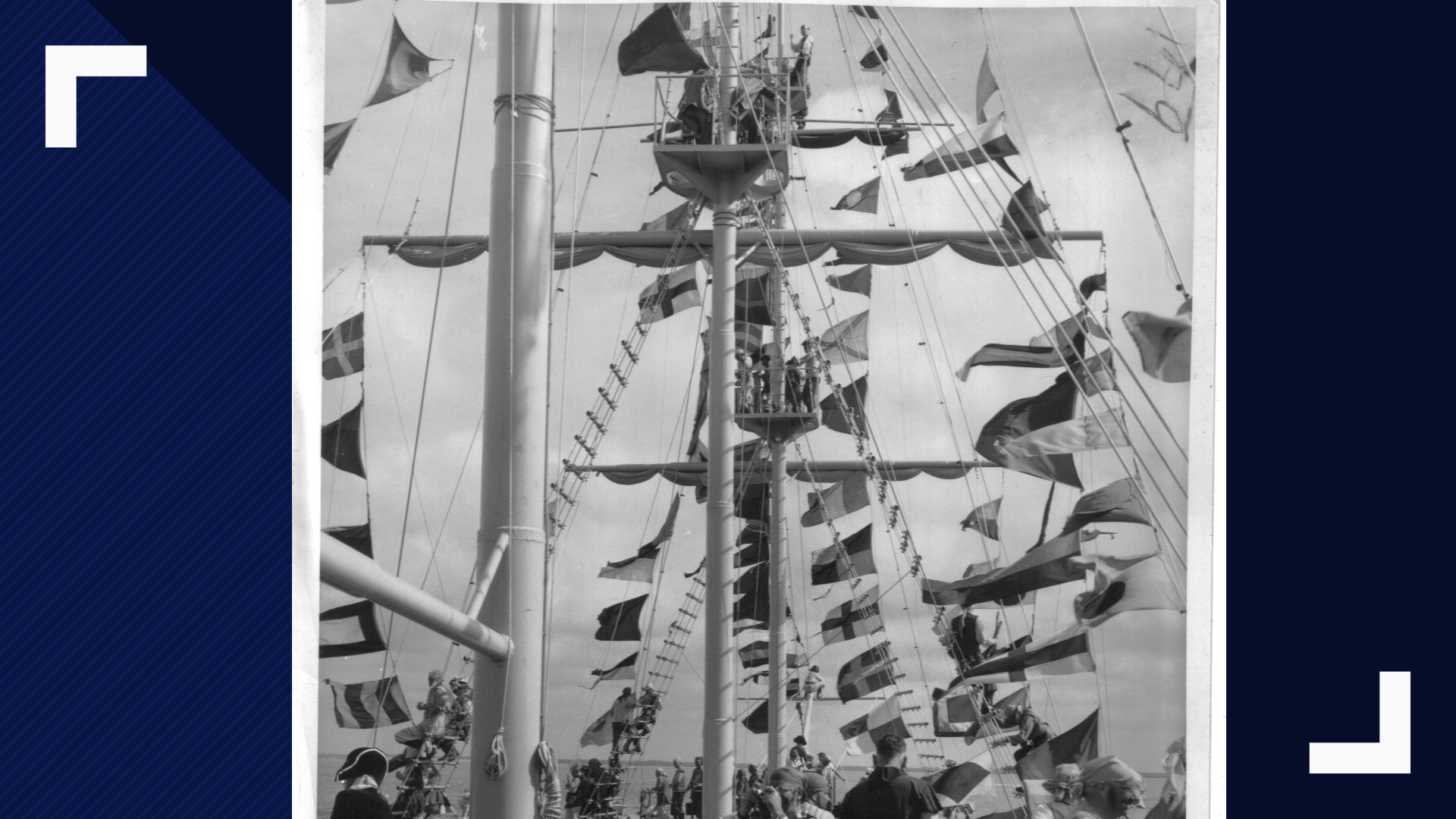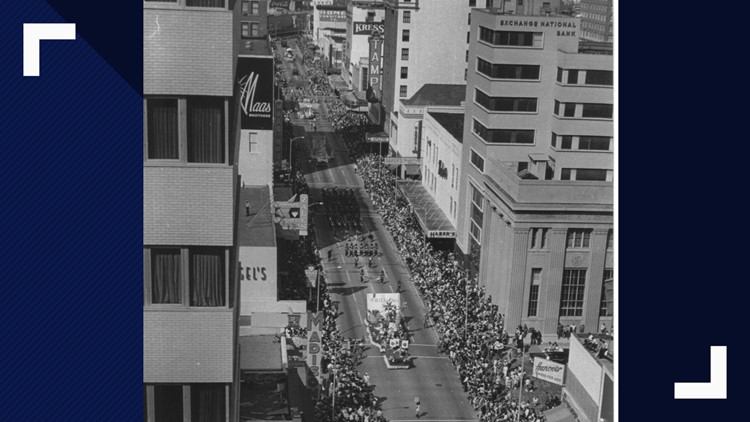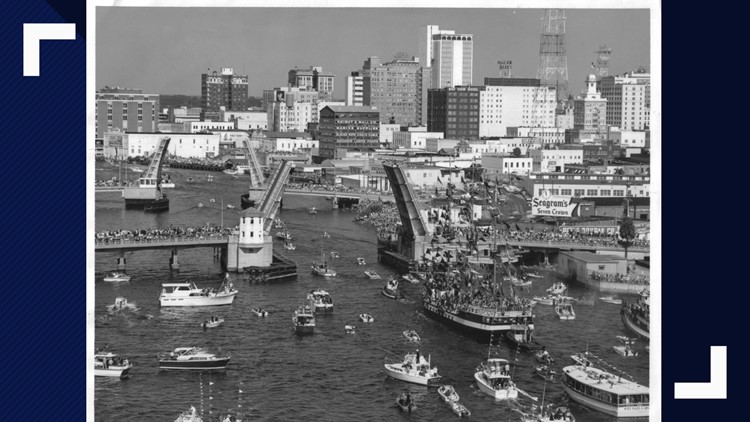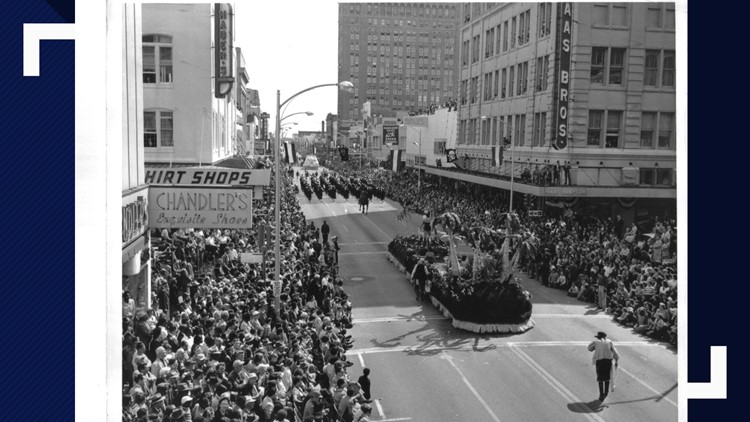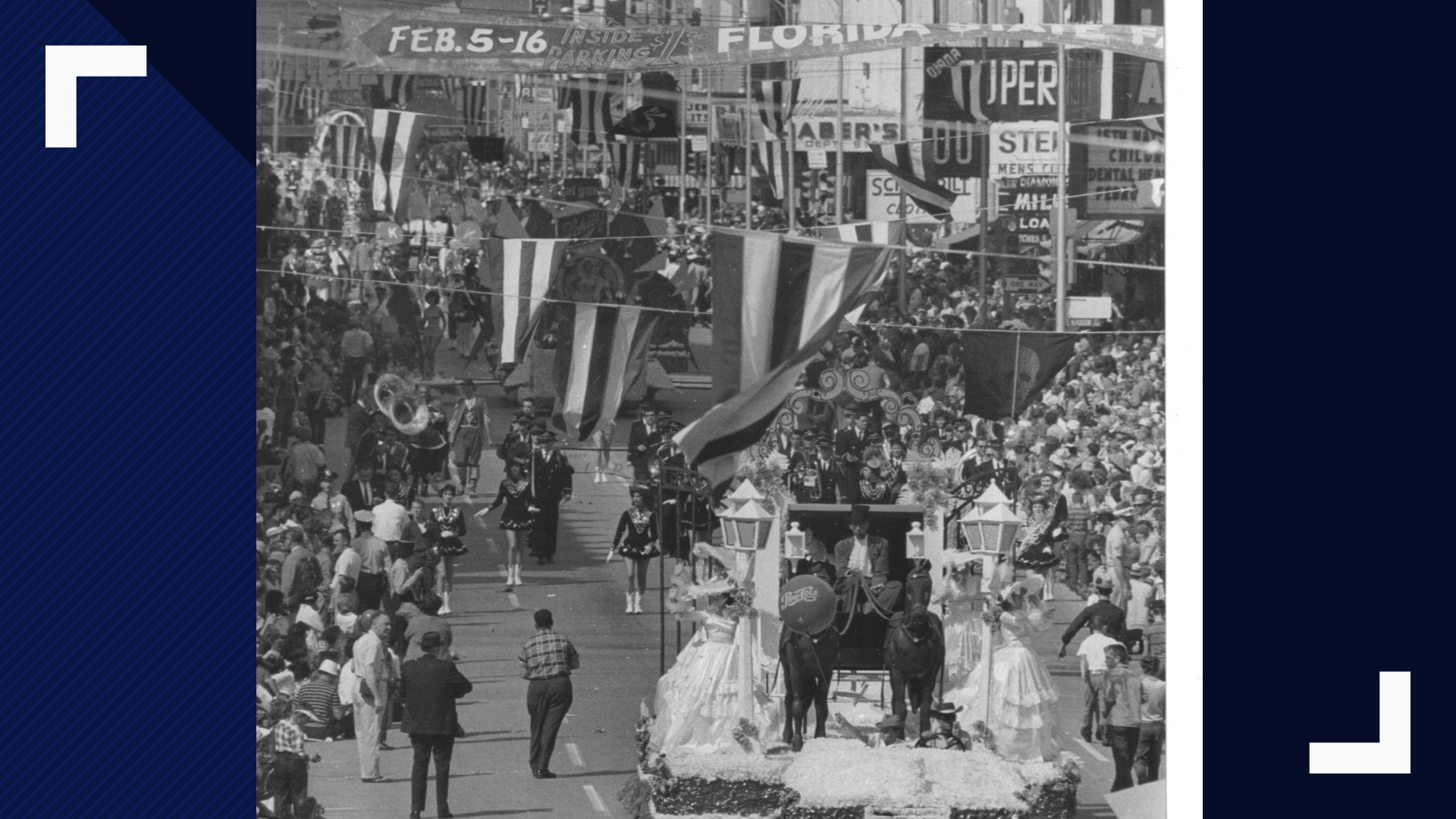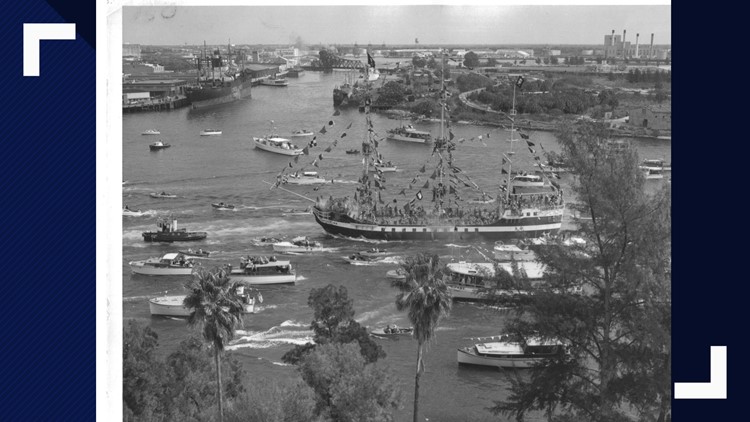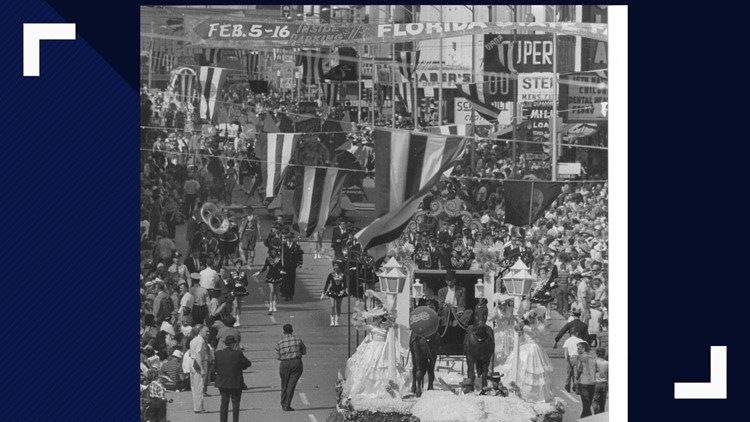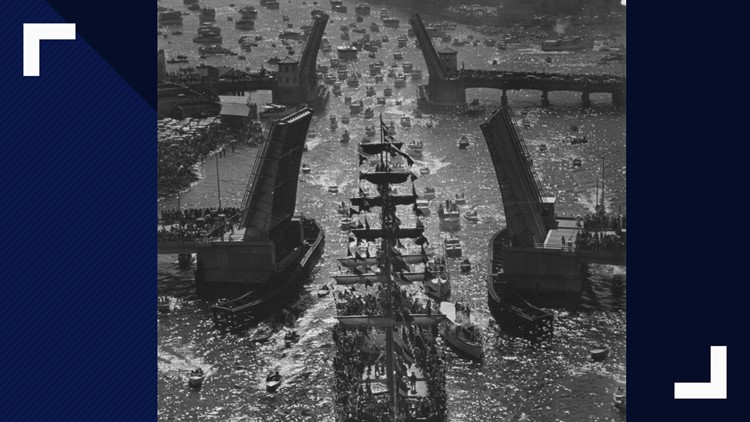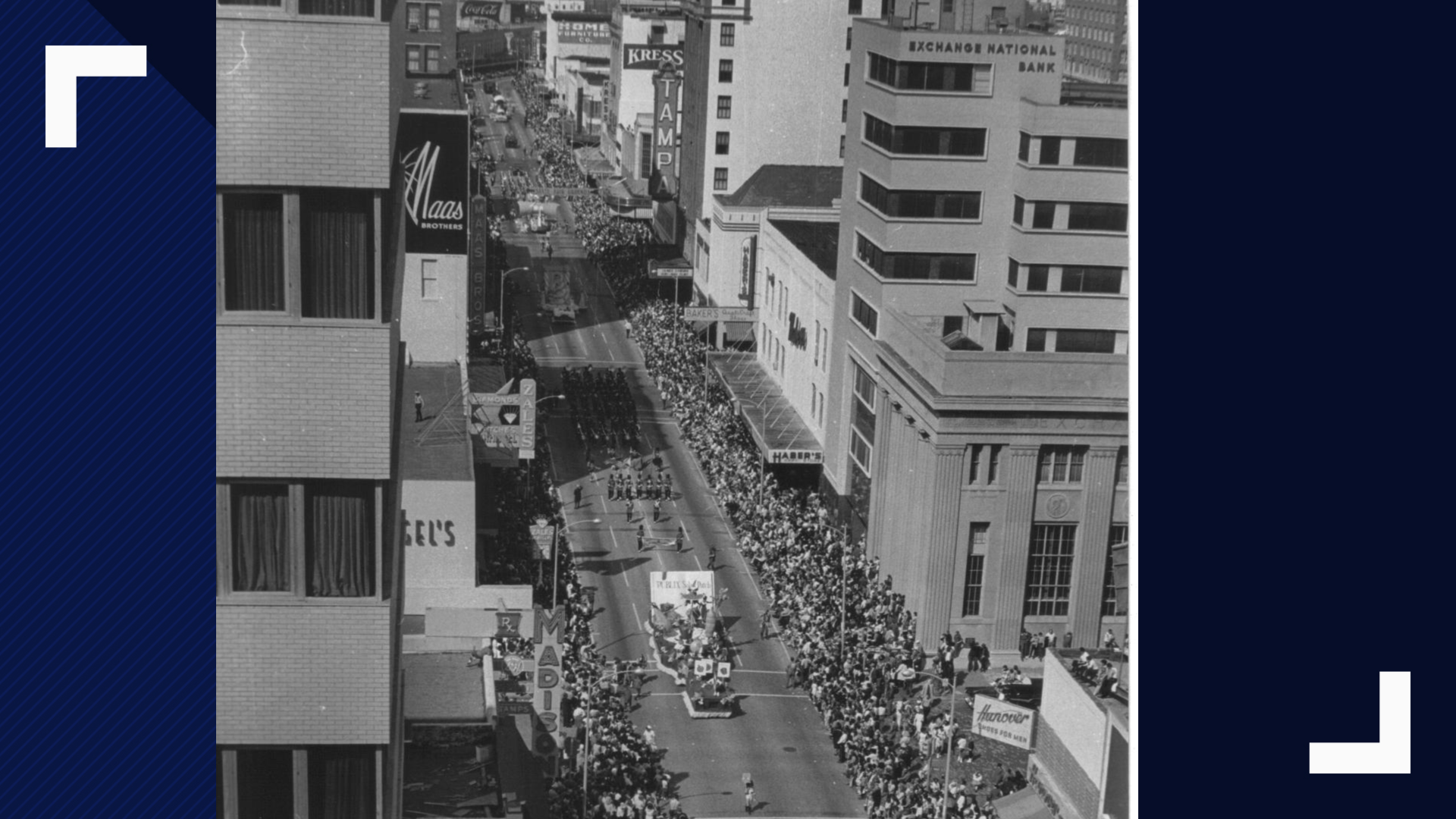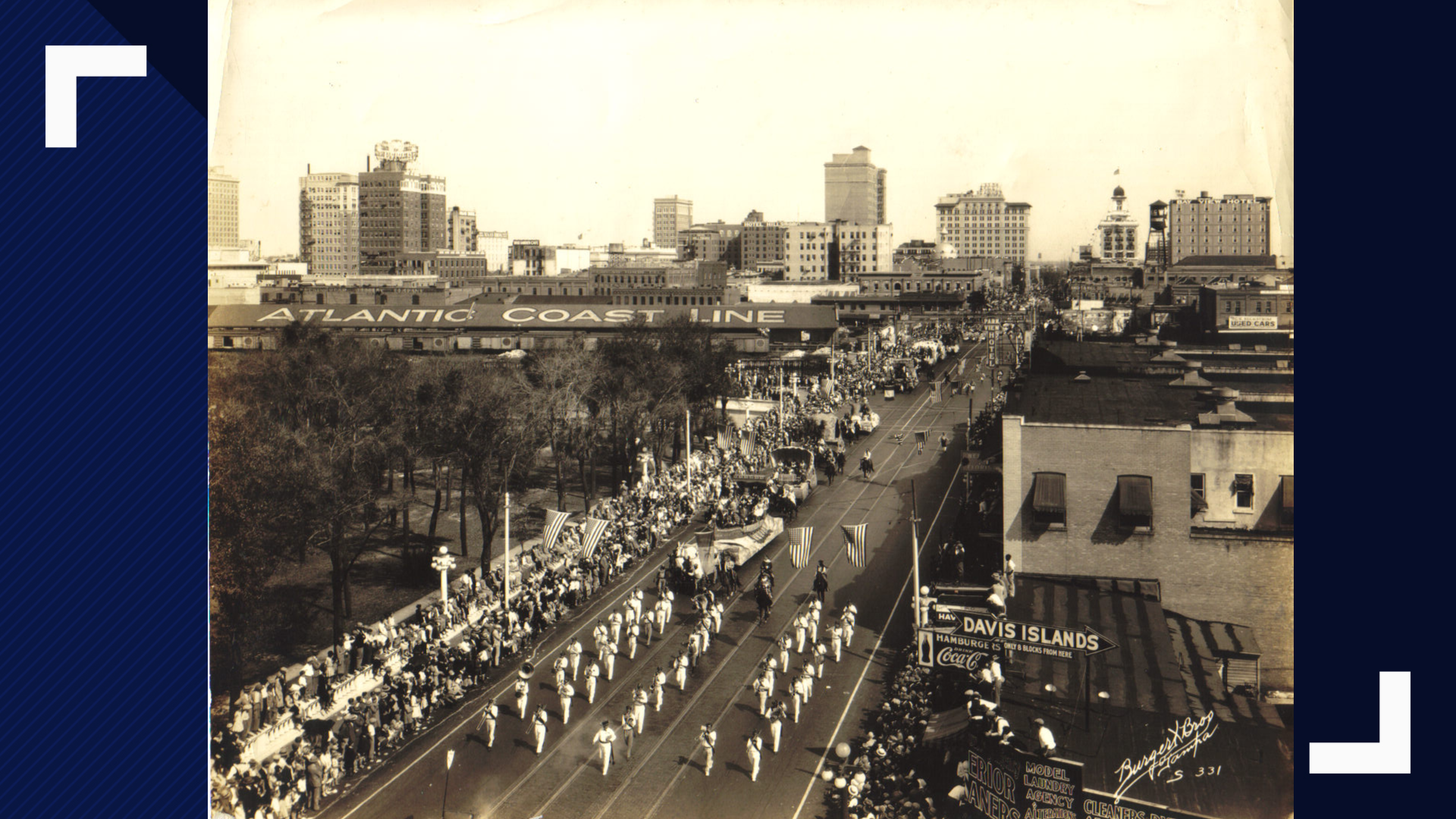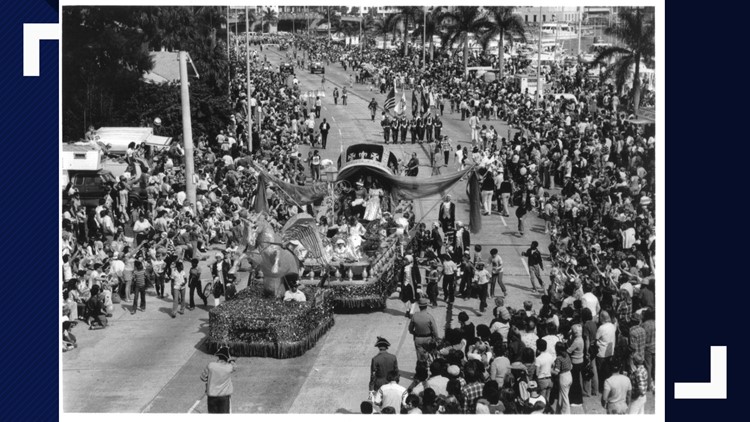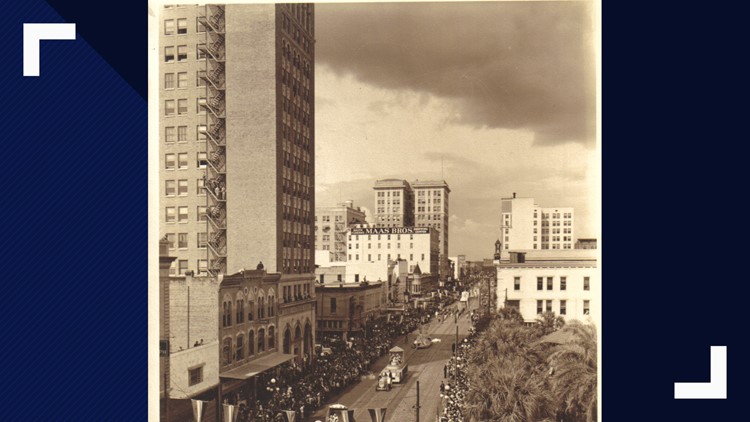TAMPA, Fla. — The annual pirate invasion on Bayshore Boulevard is a rite of passage for people in Tampa. But have you ever wondered why it's called "Gasparilla"?
The name is about as unique as the flashy pirate festival itself, and it's all thanks to one infamous man named José Gaspar.
Known as "the last of the Buccaneers," Gaspar was a Spanish aristocrat-turned-pirate born in 1766. He is said to have terrorized the Gulf of Mexico between the late 18th and early 19th centuries.
Rumor has it that when Gaspar died, he left an untold fortune in buried treasure somewhere along Florida's coast. To this day, it has yet to be found.
"Gasparilla" literally means "little Gaspar" in Spanish.
Related Articles
The bead-filled festival that we celebrate today is first said to have started in 1904 when Miss Louise Francis Dodge, society editor of the Tampa Tribune, and George W. Hardee, who worked with the federal government of Tampa, devised a plan to promote the city's May Day celebration.
"Secret meetings" between Dodge and Hardee gave birth to a group called "Ye Mystic Krewe of Gasparilla" — 40 people who planned to surprise the city with a mock pirate attack, YMKG wrote.
So, with pirate costumes rented from New Orleans, the Krewe arrived on horseback to "capture the city" during the May Day celebration on May 4, 1904.
A look at Gasparilla over the years
It was a small start to what has grown into a massive annual celebration for Tampa for more than a century.
In 1911, YMKG says it took to the waters, using a ship to invade the city. The Krewe stepped it up again in 1954 by commissioning the "world's only fully-rigged" pirate ship called the "José Gasparilla II."
That's the ship you'll see on Jan. 28, 2023, when you head out to Bayshore Boulevard in your pirate garb for the Gasparilla Invasion.

